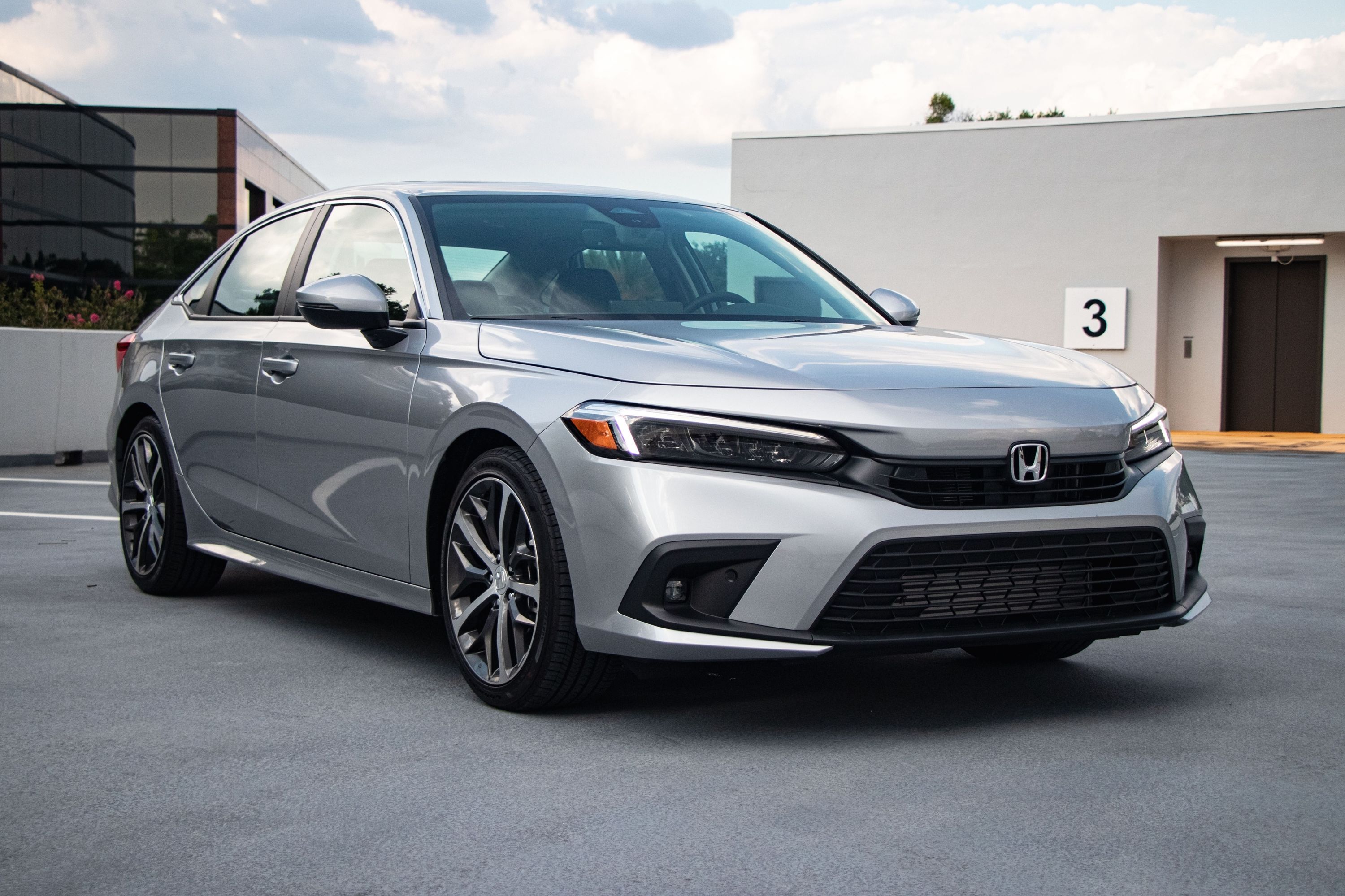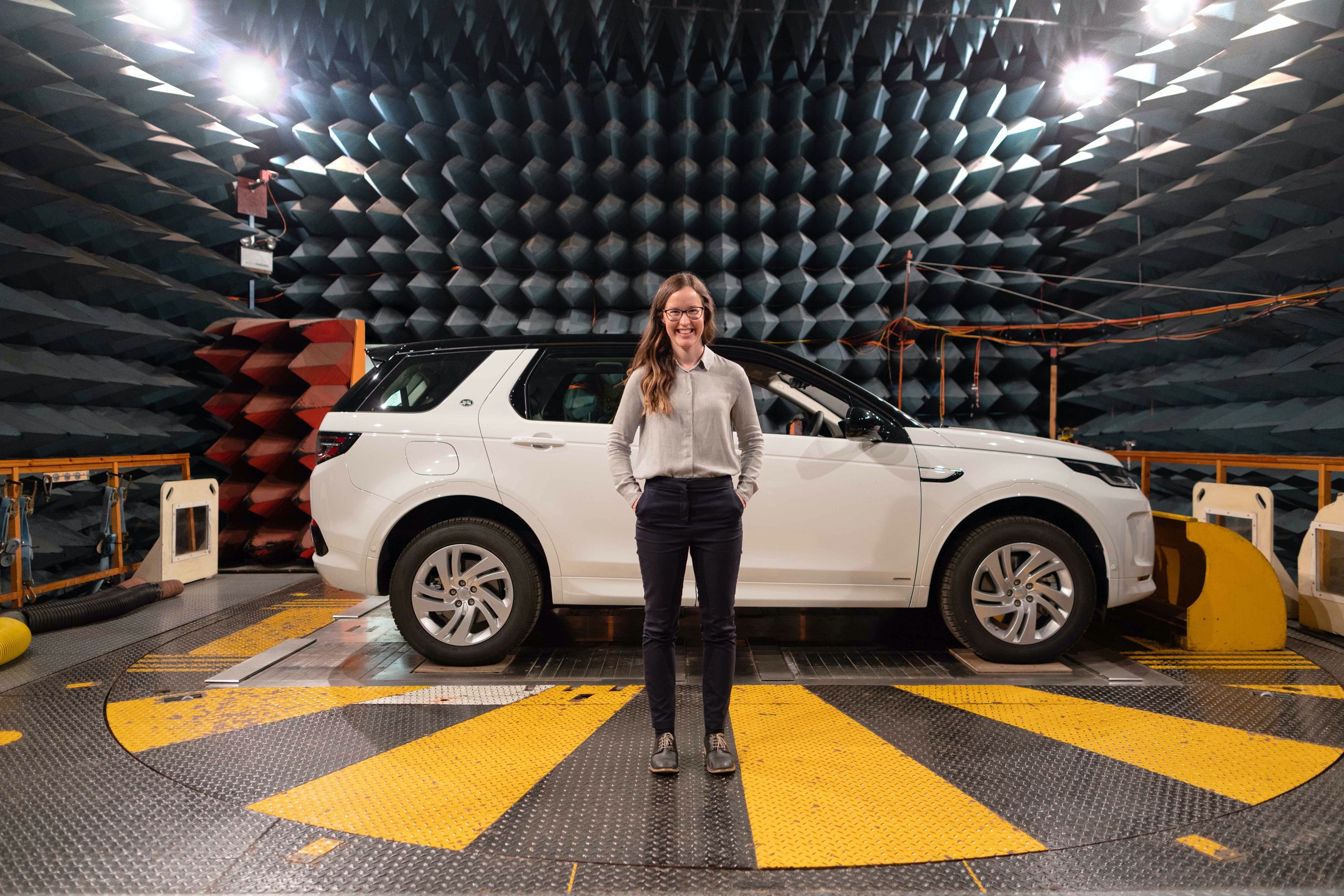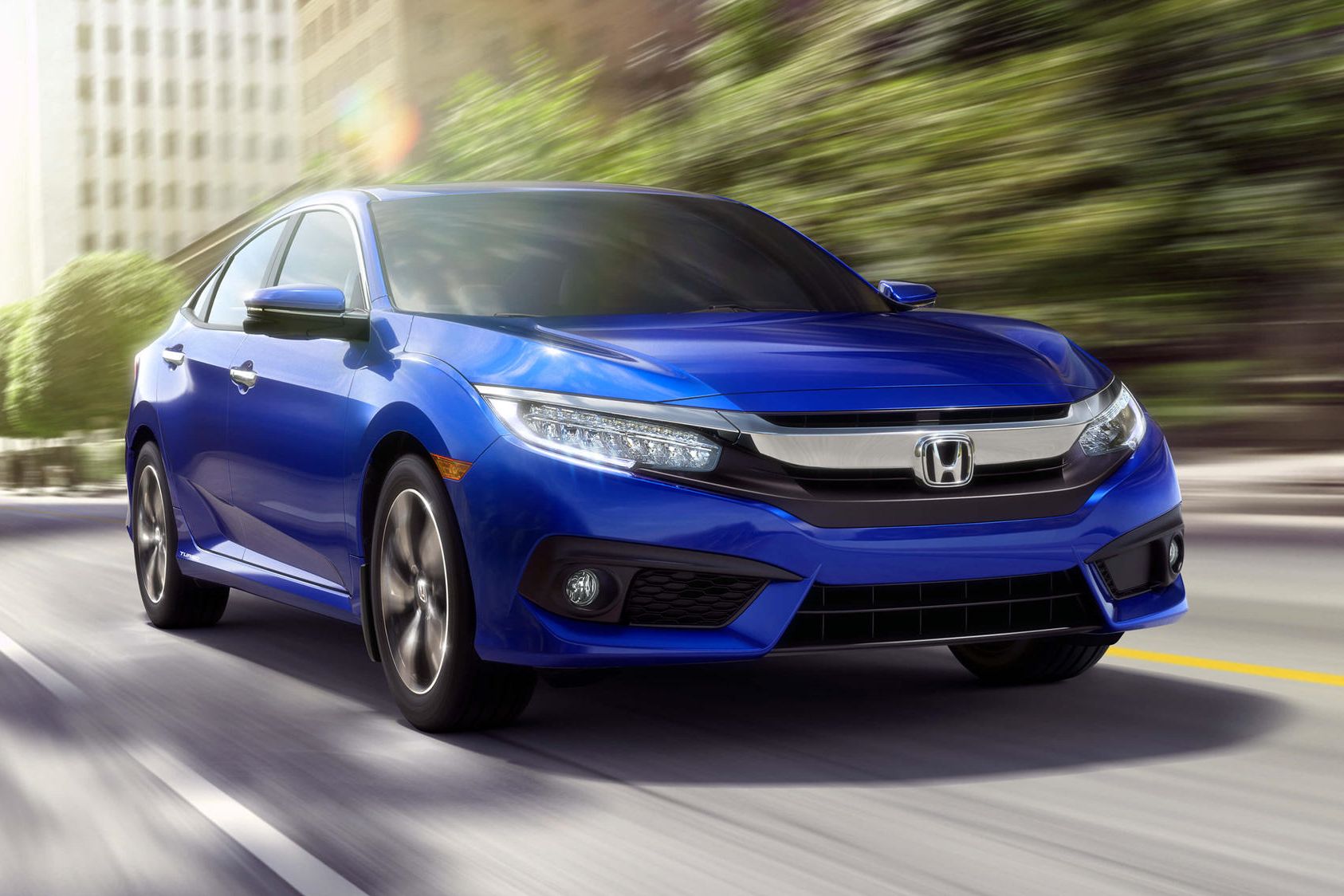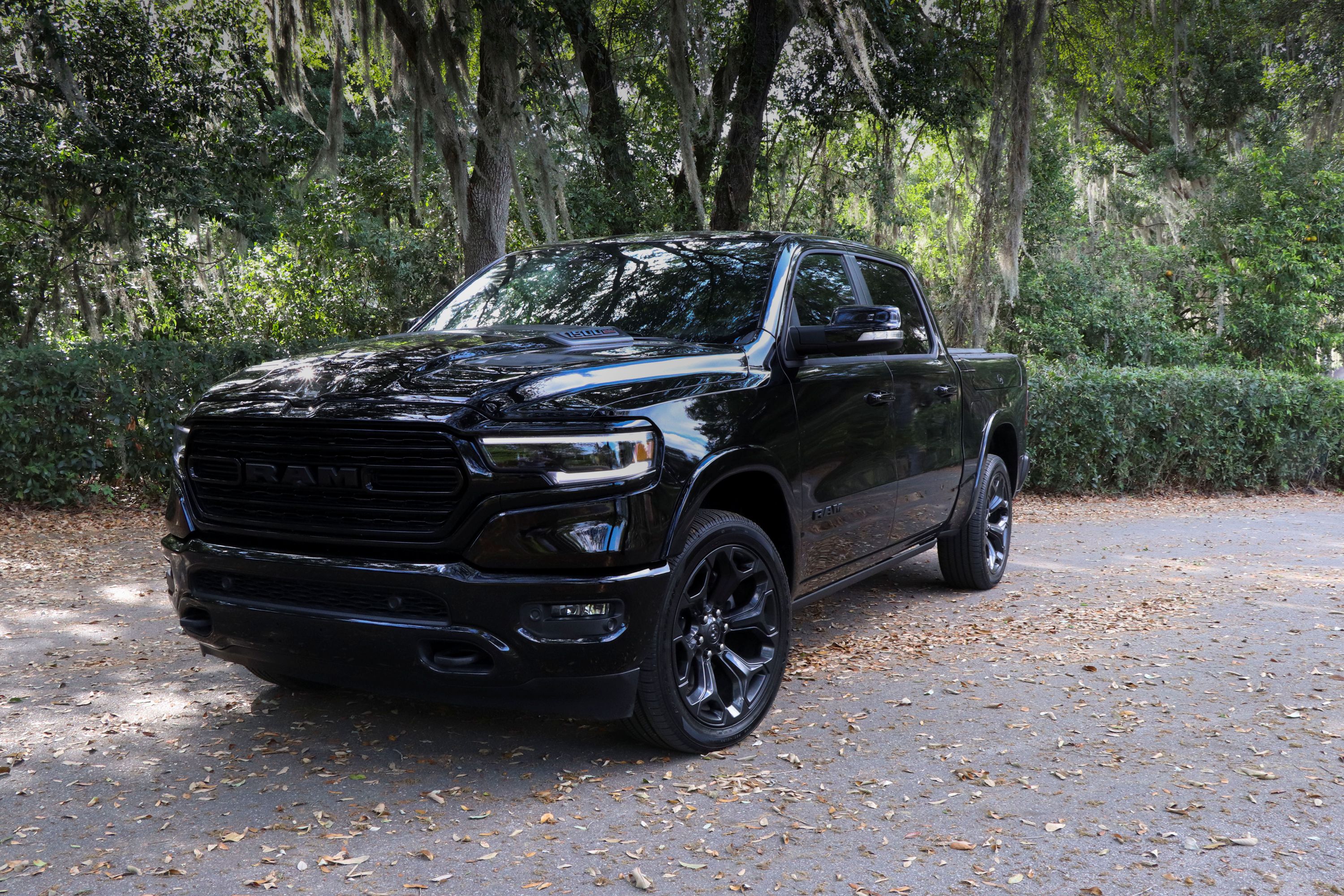
The EPA, meaning the Environmental Protection Agency, is a government agency devoted to protecting the wellbeing of the environment, and developing policies to mitigate and prevent harmful environmental practices. In this regard, there is an intersection between the EPA and the automotive industry, as the former works to regulate vehicle emissions through testing and classifying cars, rating fuel economy, and developing standards for vehicles and engines, as well as various types of fuels. The EPA holds automakers in the USA accountable by means of regulations for all classes of automobiles with regards to emissions and efficient engines are at consuming fuel.
EPA Fuel Economy Testing
Gas mileage estimates are important for understanding how efficiently a car engine utilizes fuel. The ideal is that the least amount of fuel is used to go the furthest while producing the least air pollution along the way.
The EPA fuel economy testing procedure takes place in a controlled environment rather than the real world. The agency relies on independent testing performed by the manufacturers according to EPA fuel economy standards. It then takes a small sample group of around 15% for testing at its state-of-the-art facility. Testing the mpg figures for confirmation of manufacturer claims is done by placing the vehicle on a dynamometer. This device simulates real-world driving. Engineers calculate the amount of wind and weight resistance the vehicle would have to deal with and adjust the dyno accordingly while connecting a hose to the exhaust to measure how much carbon emissions there are, which is used to determine how much fuel has been used during the test. This is obviously only for those cars that use carbon-based fuels like your average SUV or Honda Civic, and even some hybrid cars, and not electric or fuel-cell vehicles.
City vs. Highway MPG
Different driving conditions deliver varying mpg figures. For example, city vs highway mpg: city driving is generally a little more sedate, but it does involve a lot of stop-and-go, while highway driving is faster but steadier. These figures are displayed as city/hwy, while the avg abbreviation refers to combined mileage. It is from that latter that the average car range is determined, since most drivers will alternate between the other conditions. Gas mileage figures are expressed as follows: city/highway/combined mpg, like the 33/43/37 mpg rating for the new Hyundai Elantra.
Naturally, how the car is driven in the real world will cause each number to vary, which is something that buyers will need to take into account. Something else to keep in mind when you compare the two is that highway driving assumes you are traveling at more than 50 mph continuously. Also, cars that work harder than others need torquier engines, and often suffer from dismal fuel economy figures as a result, with popular pickup trucks in the USA managing between 16 and 20 mpg combined.
The Different Fuel Types
Nowadays, we have quite a few options when it comes to what powers our automobiles. The most common parameters revolve around gasoline-fed powertrains, but the EPA has to calculate fuel mileage for each type. These include:
- Gasoline - the most common and traditional fuel source.
- Diesel - another petroleum product with nearly the same average efficiency.
- Mild hybrids - vehicles that include electric motors and regenerative braking as well as combustion powertrains.
- Plug-in hybrids - these can be plugged in to recharge and allow for short-range all-electric trips.
- EVs - true electric vehicles have no combustion engine at all, and rely on charging stations to "refuel."
The performance of each type of fuel/vehicle varies greatly, and the average mpg for electrically assisted models is referred to as MPGe. In this scenario, the e stands for "equivalent." For these cars, the total travel distance on a single charge is crucially important information. Sadly, the EPA does not always include charging times in its report.
The MPG Gap
Regardless of how much testing is done in a laboratory, there will be times where the actual fuel economy does not meet expected estimates. Over the years, the EPA has updated its procedures with new parameters to improve accuracy, but there will always be outliers. Part of the reason for this is due to driver behavior, which is why it is so important to be honest with yourself before you complain.
If you are pushing your car harder than is reasonable, of course efficiency will suffer. Similarly, if you go too slow on the highway or get stuck in traffic jams a lot, you should expect to see this reflected in your monthly mileage. This is why it is just as important to reference consumer MPG reviews, which are available on the EPA website, to see the real-world mpg performance of the car you are interested in.



